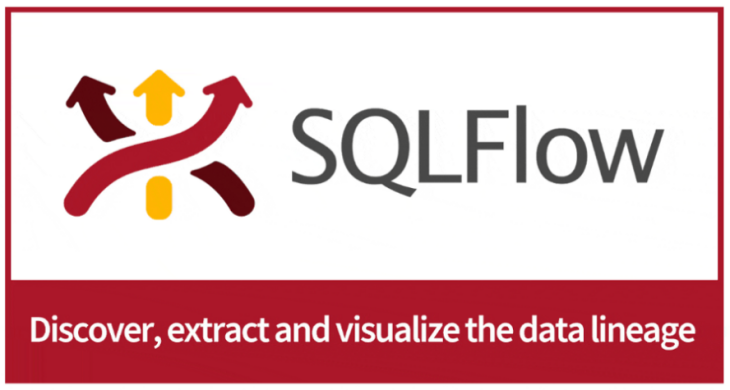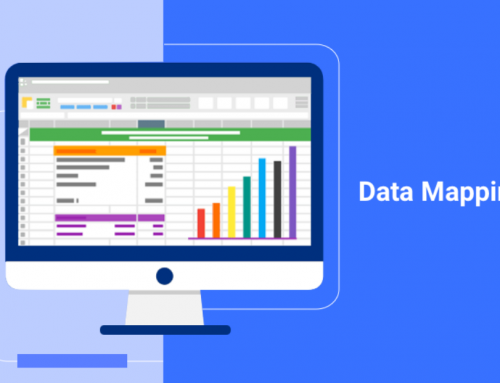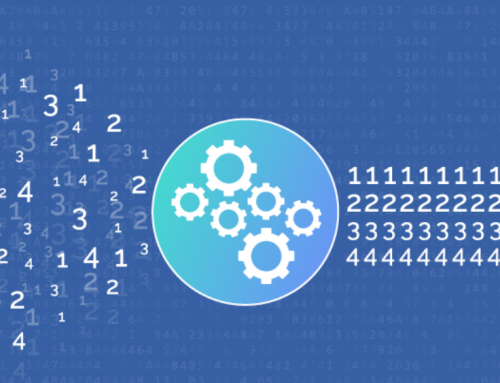Data Lineage Software: What Is It and Why Do You Need It?
If you are responsible for managing data in an organisation, you may have experienced deep frustration when you are trying to track a piece of data or a particular step in the data journey but it refuses to be tracked. It’s even worse when your client or boss is waiting for an answer. Thankfully, this doesn’t happen very often. In fact, it wouldn’t have happened at all if your organisation had a good data lineage software like Gudu SQLFlow. In this article, let’s take a closer look at what is data lineage software and why do you need it.

Data Lineage Software
What is data lineage software?
As the the ultimate tracker and tracer for the data, data lineage software is a key tool in any data management program. If you pick out any data point in your data environment, a piece of excellent data lineage software like Gudu SQLFlow will map its entire journey, from where it enters your environment to where it ends or leaves. A data lineage diagram includes everything that happens to a data point along the way, including what transformations it has undergone, what computations it is involved in, and what domains it affects.
Why is data lineage software so important?
Companies may use data lineage software to:
- Keep track of data-processing errors.
- Changes to the method can be implemented with less risk.
- With trust, migrate the systems.
- To build a data mapping system, combine data exploration with a detailed view of metadata.
Users may use data lineage software to:
Users can use data lineage tool to ensure that their data comes from a reliable source, has been converted correctly, and is loaded in the right place. Data lineage software is critical when making strategic decisions based on reliable data. If data processes are not properly monitored, data validation is nearly impossible, or at least extremely expensive and time-consuming.
Focusing on verifying data integrity and accuracy, data lineage software allows users to scan upstream and downstream from source to destination, looking for anomalies and correcting them. In general, understanding the source of a dataset is often not enough to understand its significance, resolve bugs, understand process improvements, and perform device migrations and updates. Data quality can be improved by understanding who made changes, how, and by what procedures. It enables data custodians to protect the integrity and confidentiality of data throughout its lifecycle.
The following areas are where data lineage software can have a significant influence:
- Strategic Data Dependence: good data keeps companies afloat. All departments use data, including marketing, production, management, and sales. Information gathered from science, fields, and operational processes helps optimize organizational systems, resulting in better goods and services.
- Data lineage software provides detailed information that helps understand the context and validity of the data. Data in flux refers to data that changes over time, and in order to generate market value, a company’s management must combine, process, and use new methods of collecting and accumulating data. Data lineage software provides tracking capabilities to reconcile old and new datasets and reach their full potential.
- Migrations of Data: when IT teams need to transfer data to a new storage device or software system, they need to know where the data is stored and for how long, and data lineage software makes migration tasks faster and less expensive through offering this knowledge quickly and easily.
- Data Governance: tracking data lineage information facilitates compliance audits, risk management, and ensures that data is stored and processed in compliance with organizational policies and regulatory requirements.
Why do you need data lineage software?
There are at least there reasons for it.
- Complexity of SQL Statements: The SQL statements applied in the actual business system will be very complex and lengthy, including multi-level sub-query nesting, data filtering using CASE expressions, and complex logical operations using stored procedures, generally using cursors and dynamic statement.
- The need to process a large number of SQL statements: In the actual data warehouse environment, there are generally hundreds of tables and views, including thousands of fields, and the SQL code used for data loading, cleaning, transformation, and analysis may have several thousand lines or more. Moreover, these SQL codes are constantly updated and changed with the development of business applications. At this time, a tool that can automatically scan and analyze SQL statements is required to process these complex and huge SQL codes in the enterprise environment and accurately discover the data lineage in them.
- The need to quickly discover data lineage:In order to improve competitiveness, modern enterprises generally use systems such as business intelligence and machine learning to fully tap and utilize the value of enterprise data. In order to quickly respond to the analysis needs of business departments, the data and structures in the data warehouse or data lake must be able to be quickly adjusted and reconstructed, adding new data sources and removing unused old data. In the process of rapid adjustment and iteration of data warehouse data, reliable metadata management tools and data lineage analysis tools are required to ensure data quality and data security. It is undoubtedly of great value to analyze a large number of SQL codes in the data warehouse and quickly obtain data lineage.
Conclusion
Thank you for reading our article and we hope it can help you to have a better understanding of what is data lineage software and why you need it. If you want to learn more about data lineage software, we would like to advise you to visit Gudu SQLFlow fore more information. As one of the most popular data lineage tools on the market of 2022, Gudu SQLFlow can not only analyze SQL script files, obtain data lineage, and perform visual display, but also allow users to provide data lineage in CSV format and perform visual display. (Published by Ryan on May 17, 2022)
One Comment
Leave A Comment
If you enjoy reading this, then, please explore our other articles below:




[…] business personnel analyze the data structure, engage in data lineage and data […]